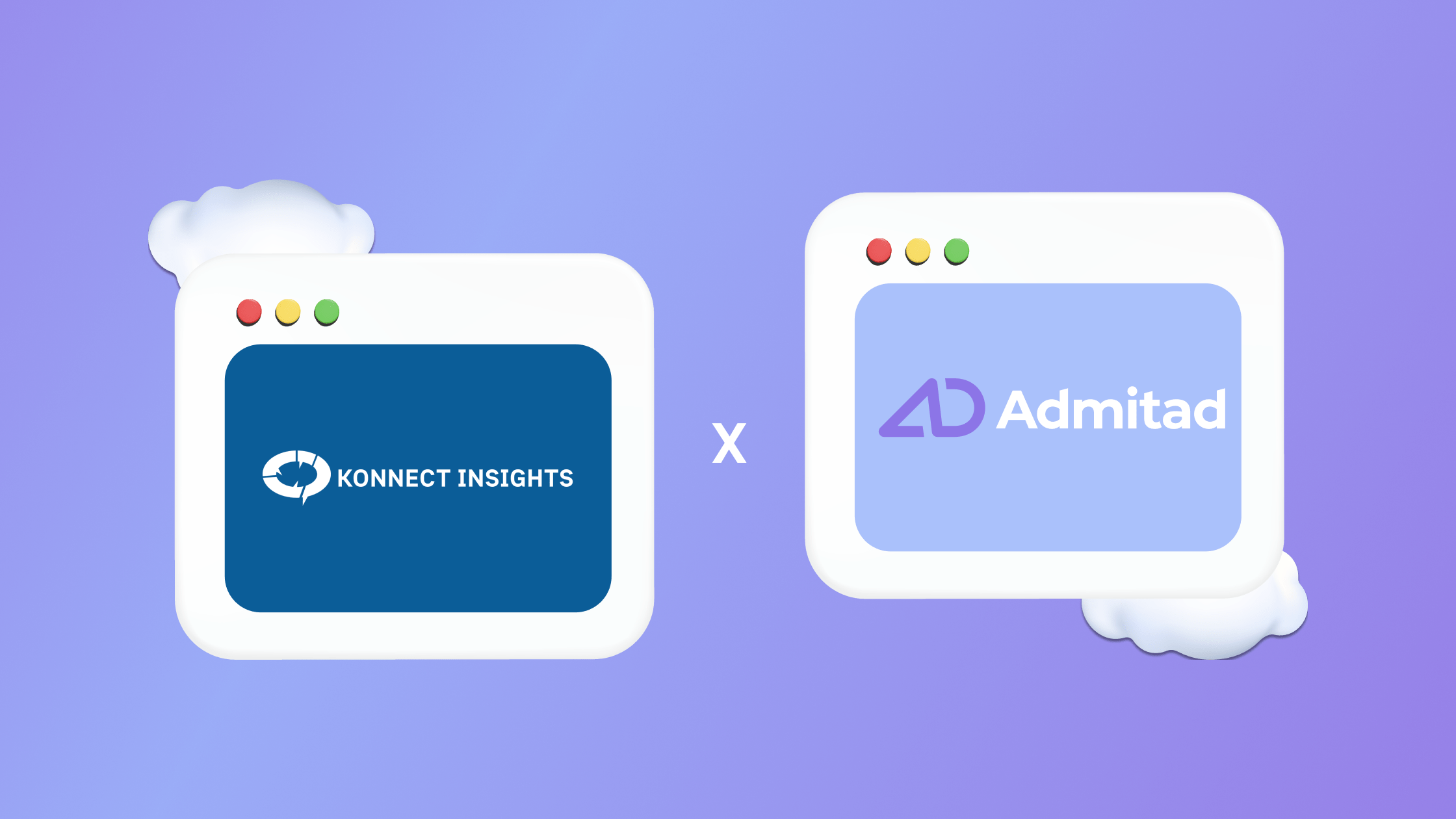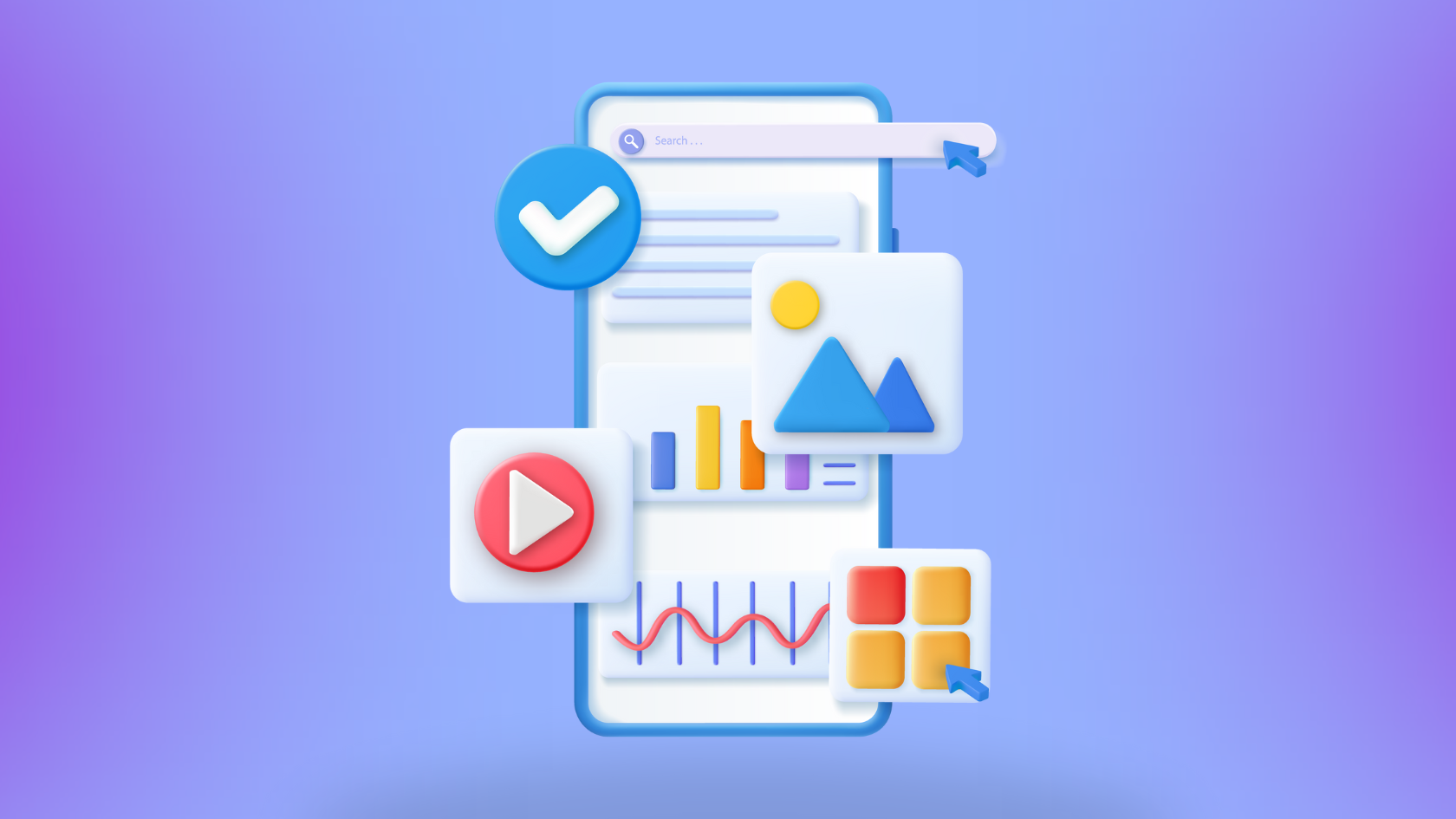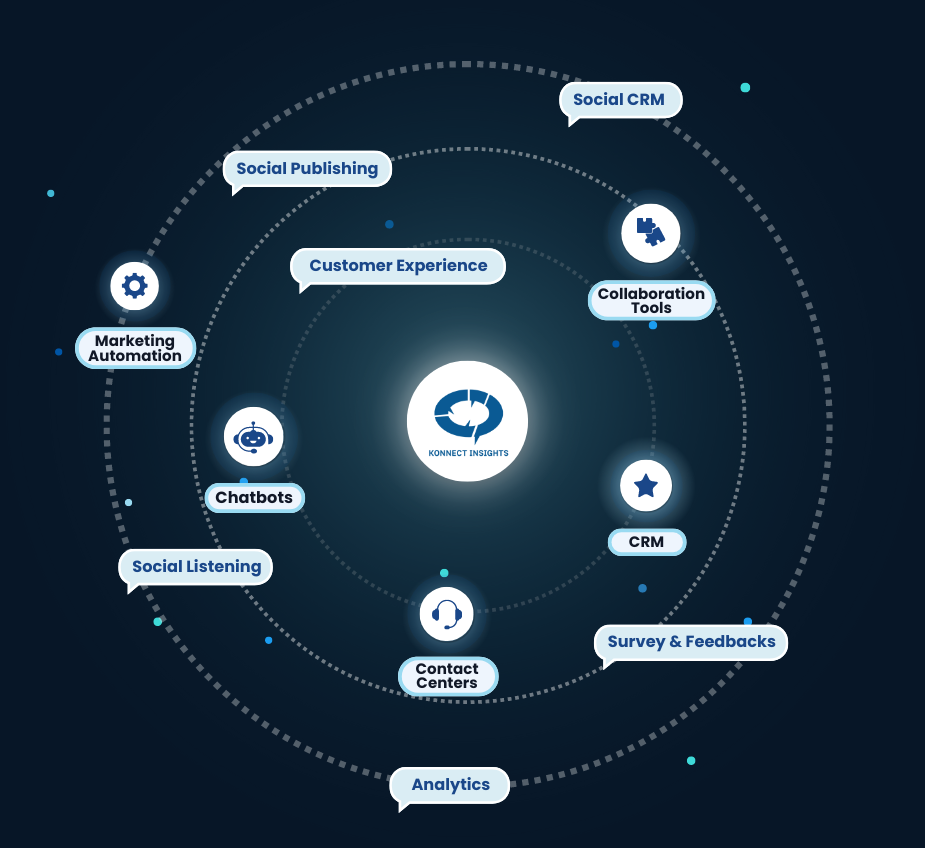In the previous ten years, business intelligence has undergone a metamorphosis.
The amount of data increased dramatically.
Everyone now has access to the cloud, as a result interactive corporate dashboards finally surpassed spreadsheets with insightful and actionable data visualizations.
Self-service analytics’ emergence democratized the data product chain. Non-analysts suddenly had access to advanced analytics.
What are the business analyst trends for 2023?
2022 was a pivotal year for the business intelligence industry.
The trends we mentioned last year would continue through 2023.
However, the BI environment is shifting, and the battle for business intelligence’s future is currently being played.
In 2023, BI methodologies and technologies will become increasingly specialized. Businesses are no longer discussing whether visualizations improve analysis using modern BI dashboard tools, but rather what is the best way to communicate each data story. 2023 will be a year of data security and discovery, with secure, comprehensible data combined with a potent presentation. It will also be a year of collaborative AI and BI.
We are looking forward to what the new year has in store.
Continue reading to see our list of the top six business intelligence trends for 2023!
-
The Attraction of Business-as-a-Service Will Persist
The cloud integrates sector-specific software, resources, and services into reliable business models.
Businesses prefer pre-made procedures for their specific verticals over general function libraries and fragmented APIs.
Companies like Microsoft Azure, Google Cloud Platform, and Amazon Web Services are at the forefront of the movement (AWS).
They offer sector-specific solutions for numerous industries, including banking, retail, manufacturing, hospitality, security services, and predictive maintenance.
More control and customization options are available with these customized solutions, driven by automation code. It accomplishes the same goal as a DIY solution without the hassle of starting from scratch.
-
Businesses Will Ensure the Profitability of Data Sharing
Businesses can identify untapped opportunities and insights using the additional information provided by modern data-sharing technology.
Previously, stringent privacy and regulatory restrictions made sharing information with third-party businesses impossible.
Modern protocols make it possible to do computations on encrypted data, creating a wide range of unique opportunities, such as outsourcing the internal practice of artificial intelligence (AI) modeling to outside parties.
While gathering user data from businesses, data markets connect information between buyers and sellers.
Three different places are where your bank keeps track of the several business lines you sign up for, including banking, loans, and deposits.
They need a thorough grasp of your relationship with them to offer deals tailored to you. They gather this data in the data marketplace, frequently by commissioning a different database there.
The rapid development of the coronavirus vaccine is an example of how data sharing drives the development of new business models and products. Researchers, governments, and pharmaceutical corporations collaborated in an unprecedented way to speed up the development of vaccines by several months.
There are countless options. By exchanging data on fraud and loan default, banks and other financial organizations stand to gain. By revealing fresh prognoses, shared medical data can steer researchers toward promising new therapy trajectories.
-
Data Fabrics Will Be Used More
Businesses seeking software solutions like social listening usually desire data fabric, according to IBM.
Integration of data from several systems for instant insight is a crucial business requirement. A data fabric is an information integration framework that uses metadata indexing to aggregate and manage data from various sources.
You may maximize your digital assets by employing virtualization to access the appropriate data at the appropriate time. The driving force behind the data market is it.
In this era of many one-day deployments, it is crucial to avoid the requirement for data transmission between systems.
Data management, the foundation of BI analytics, is still struggling to deal with the complexity and volume of growing data. Without the right procedures, manual, repetitive operations, and slow processing, delivery cycles would be delayed.
Further complicating issues is the fact that governance rules need to keep up with the exponential growth of AI in analytics. Organizations scramble to stay up by implementing the required checks and balances, but they still have a long way to go.
The foundation of data marketplaces is a data fabric that increases productivity and keeps businesses competitive. End-to-end information management is made possible by AI at the back end, independent of surroundings and procedures. Teams are liberated from repetitive chores by automated integration, governance, and usage audit.
A data fabric eliminates current silos to enable business-critical business demands and governance protocol alignment. Teams that make the most use of resources and utilize automation are better able to concentrate on strategy, innovation, and procedure.
-
A Priority Will Remain in Data Governance
Information is more valuable when it is shared, as was already mentioned. Quality and analytics, rather than risk management, are now the main drivers for organizations, according to this State of Cloud Data Governance report.
Effective governance will offer better models for analysis. How? Without writing any code, the data fabric serves as a glue to link this information together, and governance solutions keep maps of the data spread across different systems. Machine learning enables regulatory compliance in addition to replicating and learning from earlier data search results.
Due to the clear benefits of information sharing, CIOs recognize they cannot keep information locked up in silos. Traditional information governance will no longer be effective for them, especially when citizen data scientists take on analytical tasks to fulfill urgent business needs, necessitating new access methods and limits.
The new faces of information governance include metadata-driven quality and decentralized management of common knowledge. By implementing automatic access permissions that are compliant, data stewards can reduce micromanagement while retaining their importance.
-
Data Security and Privacy Are Crucial
The past three years have been a minefield for business analytics and business intelligence. Laws and disputes appeared to be limiting business analytics’ potential. Data breaches have sparked essential discussions about information security and ethics.
Despite zero-trust guidelines and cloud firewalls, data breaches have increased lately. A single breach can cost a business $4.35 million, per IBM research (gated).
The latest security buzzwords are privacy and secure information access, particularly on edge devices. It is challenging to provide regulatory transparency while retaining privacy, as was already mentioned.
Customers are concerned about the ease with which their personally identifiable information is accessible online and the potential value such information may have for businesses and criminals. The GDPR and the California Consumer Privacy Act set a precedent for consumer privacy rights. Compliance, on the other hand, is a completely different beast.
According to Article 15 of the GDPR, a subject has the right to know what personal information firms use.
Businesses are ethically and legally obligated to share personal information upon request and to delete it if it is requested. Businesses face logistical challenges since they must choose which information to keep and how to keep it if they wish to serve customers throughout Europe.
-
Life will get easier as automation advances.
The main forces behind automation are decreased labor costs and resource optimization. Everything from small and sophisticated operations to the entire company’s system infrastructure can be managed by automation code.
At the task level, automation is most appropriate for administration, monitoring, task reviews and approvals, database management, integration, systems management, and OS patching.
The situation is completely different at the infrastructure level.
With automation running in the background, platform-as-a-service in the cloud offers simple programming interfaces so users may change apps without knowing how to code. An architecture known as “infrastructure-as-code” incorporates the administration of source connections, networks, compute, and storage resources through backend code.
Businesses can get up and running quickly and gain consistency, scalability, and efficiency with the help of these pre-packaged solutions. In an integrated software suite, it is superior to maintaining separate components. Automation facilitates audited, consistent action, which lowers errors and builds confidence in the dependability of outcomes.
One illustration of this is Oracle’s autonomous database. It is a platform that operates on Exadata and is self-driving, self-tuning, and self-patching with automatic disaster recovery. By moving a few data center functions to the cloud, the workload for database deployment is reduced.
Setting up triggers for alerts and notifications, as well as scheduling insight delivery, are further examples of automation.
As businesses continue to release a veritable floodgate of customer data, we will see a greater emphasis on security and privacy in business analytics in the future. Some other significant topics are monetizing digital assets through secure information exchange, AI risk management, and IoT-enabled prescriptive analytics.
Conclusion
Data is the new oil, but to effectively extract, purify, and harness it, you need a strong engine. Businesses that establish a solid analytics foundation, culture, and expertise will undoubtedly be able to innovate and make better-informed decisions.






























